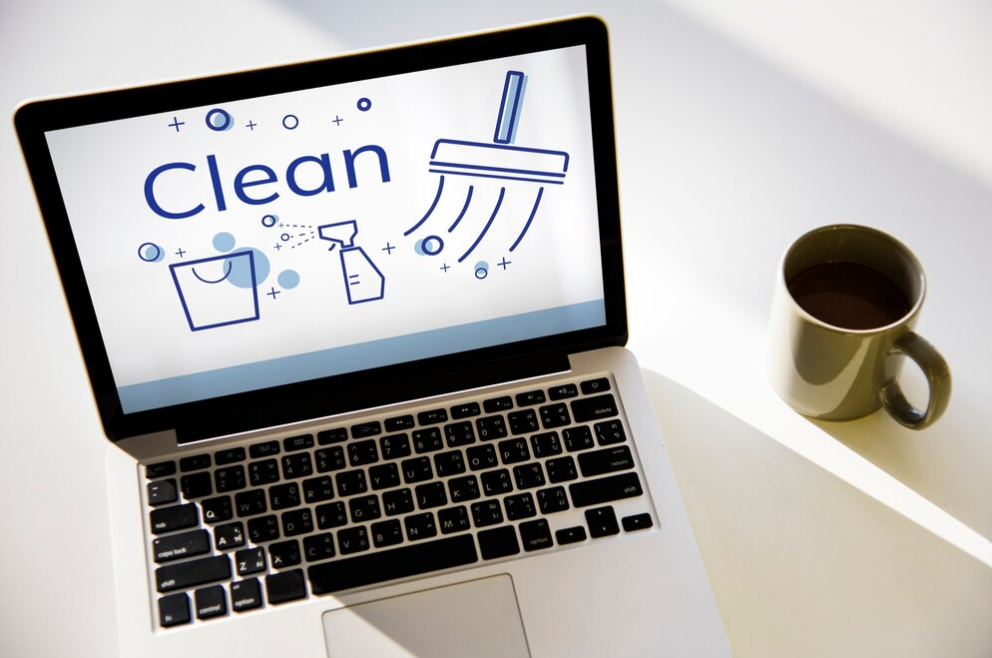In today's digital age, your social media presence can be as influential as your resume. For job seekers, social media platforms are not just a means of personal expression but also a reflection of their professional persona. As such, cleaning up your social media profiles is a critical step in your job search process. Here are ten essential tips to ensure your online presence won’t hinder your career prospects.
1. Review Your Profile Pictures
Your profile picture is often the first impression you make online. Ensure that it's professional or at least neutral. A good rule of thumb is to choose an image that you wouldn’t hesitate to show in a professional setting.
2. Scrutinize Your Posts for Professionalism
Go through your past posts and remove or hide anything that might be considered unprofessional. This includes posts with inappropriate language, controversial opinions, or anything that might be deemed offensive or polarizing.
3. Delete or Hide Problematic Photos
Photos that show you engaging in questionable activities, or those that could be misinterpreted in a professional context, should be removed. Remember, a picture is worth a thousand words.
4. Check Your Tagged Photos
You're not just responsible for what you post, but also for what you're tagged in. Review these photos and untag yourself from anything that doesn’t align with a professional image.
5. Clean Up Your Comments
Your comments on other posts can also reflect on you. Remove any comments that could be seen as unprofessional, inflammatory, or inappropriate.
6. Update Your Bio and About Sections
Ensure that your bio across different platforms is up-to-date and reflects your current professional interests and aspirations. This is particularly important for LinkedIn, but also applies to other networks like Twitter and Facebook.
7. Review Your Likes and Follows
Your likes and follows can sometimes be visible to others. Make sure that what you publicly like or follow is appropriate and does not send the wrong message about your values or interests.
8. Tighten Your Privacy Settings
Review your privacy settings to control who can see your posts, photos, and profile information. Platforms like Facebook offer a variety of options to customize the visibility of different aspects of your profile.
9. Align Your Profiles
Ensure consistency across different platforms. Discrepancies in your work history, education, or professional interests can raise red flags for potential employers.
10. Showcase Your Positives
While cleaning up is mostly about removing content, don’t forget to showcase your positive aspects. Share your professional achievements, post about your interests related to your career, and engage with content that aligns with your professional domain.
Conclusion
In the digital era, your online presence is a crucial component of your personal brand. As a job seeker, taking the time to clean up and curate your social media profiles can play a significant role in making a positive impression on potential employers. Remember, what you share online can either be a powerful tool in your job search toolkit or a stumbling block on your path to professional success.





